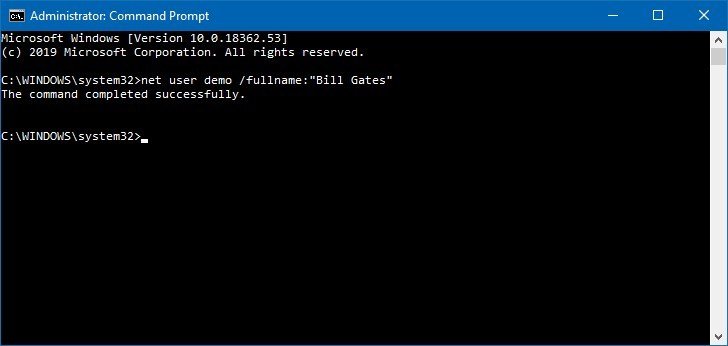How to add your full name to a local account on Windows 10
Do you want to display your full name on your local account? Here are three ways to do it on Windows 10.
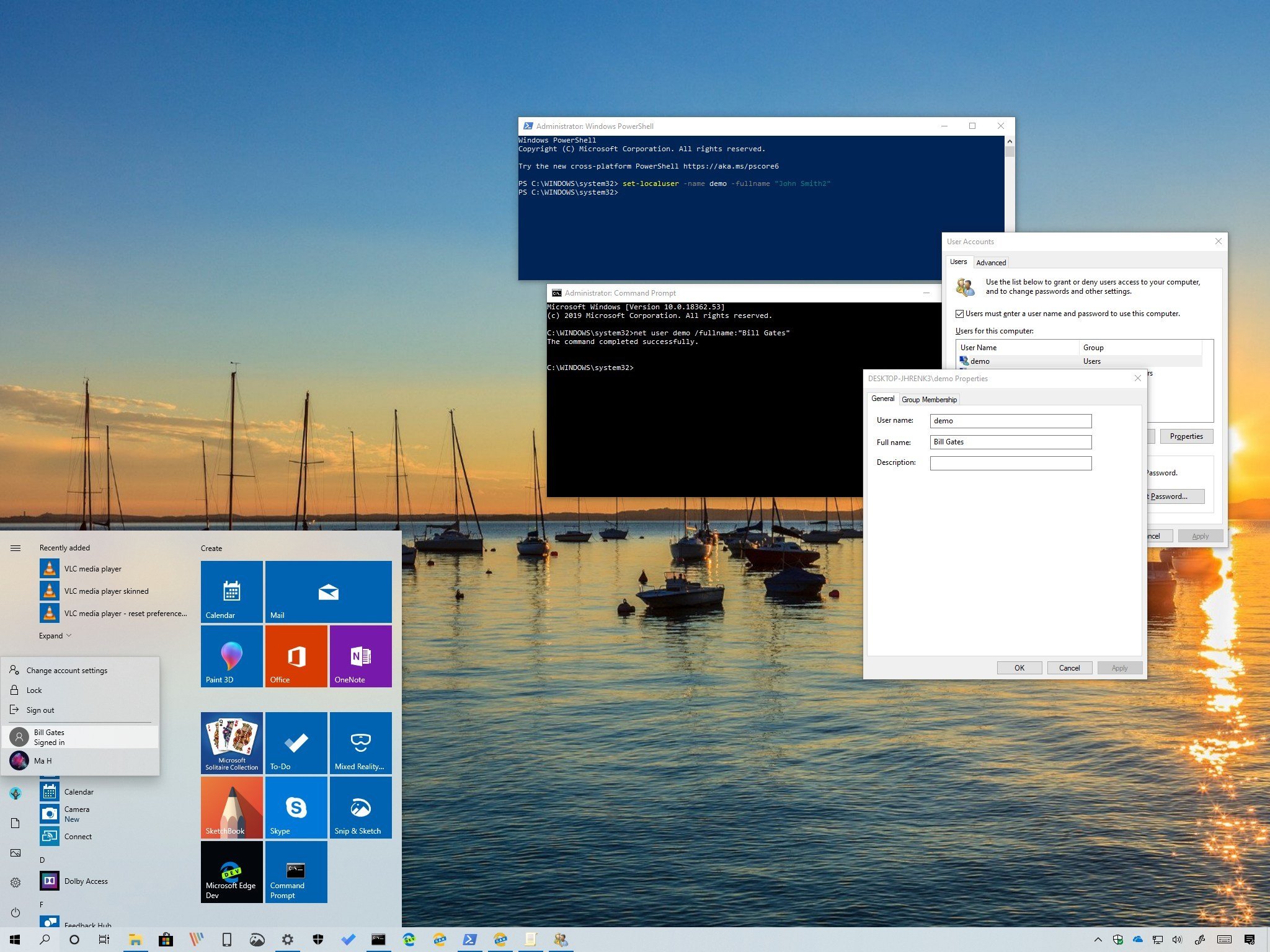
On Windows 10, when setting up a device with a local account, you probably noticed that the Sign-in screen and desktop only display your account name, instead of your full name like when using a Microsoft account. The reason is that during the local account creation process, it's not very clear how to add this information nor there's an option in the Settings app to edit your account.
Although this isn't something that will affect the way you use Windows 10, if you want to make the experience a little more personal, it's possible to add your first and last name to your local account in at least three different ways using Control Panel, Command Prompt, and even PowerShell.
In this Windows 10 guide, we'll walk you through the steps to edit a local account to include the full user name (or change the current name), which will also appear in the Sign-in screen.
- How to add full name to a local account using Control Panel
- How to add full name to a local account using Command Prompt
- How to add full name to a local account using PowerShell
How to add full name to a local account using Control Panel
To edit a Windows 10 local account to include the user's full name using Control Panel, use these steps:
- Open Start.
- Search for netplwiz and click the top result to open the User Accounts settings.
- Select the local account that you want to edit.
- Click the Properties button.
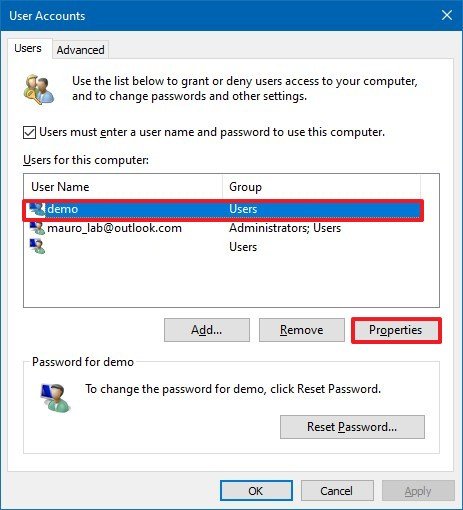
- Type the name and last name as you want them to appear in the Sign-in screen using the "Full name" field.
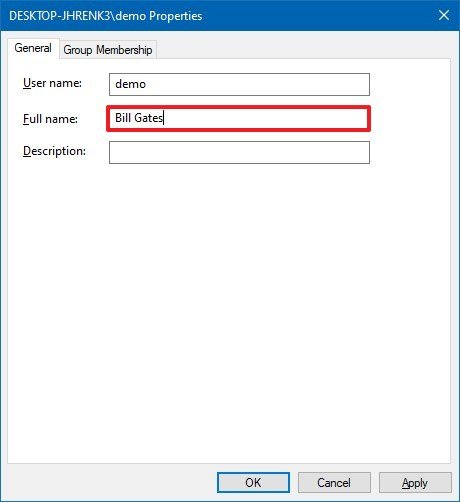
- Click the Apply button.
- Click the OK button.
Once you complete the steps, you can see the full name reflected in the Start profile context menu, Accounts settings page, and in the Sign-in screen.
How to add full name to a local account using Command Prompt
You can also add a name and last name to a local account with Command Prompt using these steps:
- Open Start.
- Search for Command Prompt, right-click the top result, and select the Run as administrator option.
- Type the following command to add the full user name and last name to the local account and press Enter:
net user demo /fullname:"YOUR FULLNAME"In the command, remember to change "YOUR FULLNAME" with your actual full name.
After completing the steps, sign out, and during the sign in process, the full name you specified should now appear in the Sign-in screen.
All the latest news, reviews, and guides for Windows and Xbox diehards.
How to add full name to a local account using PowerShell
Alternatively, you can also use PowerShell to edit a local account to include the name and last name of the user with these steps:
- Open Start.
- Search for PowerShell, right-click the top result, and select the Run as administrator option.
- Type the following command to add full user name and last name to the local account and press Enter:
Set-LocalUser -Name demo -Fullname "YOUR FULLNAME"In the command, remember to change "YOUR FULLNAME" with your actual full name.
Once you complete the steps, anywhere where the account name should appear now will display the full name that you specified.
We're focusing this guide on Windows 10, but these instructions should also work on Windows 8.1 and Windows 7.
More Windows 10 resources
For more helpful articles, coverage, and answers to common questions about Windows 10, visit the following resources:
- Windows 10 on Windows Central – All you need to know
- Windows 10 help, tips, and tricks
- Windows 10 forums on Windows Central
Mauro recommends all these affordable accessories
Hi, I'm Mauro Huculak, Windows Central's help and how-to guru. I wrote the post you're reading now, and I know the Windows OS inside and out. But I'm also a bit of a hardware geek. These are some of the affordable gadgets on my desk today.
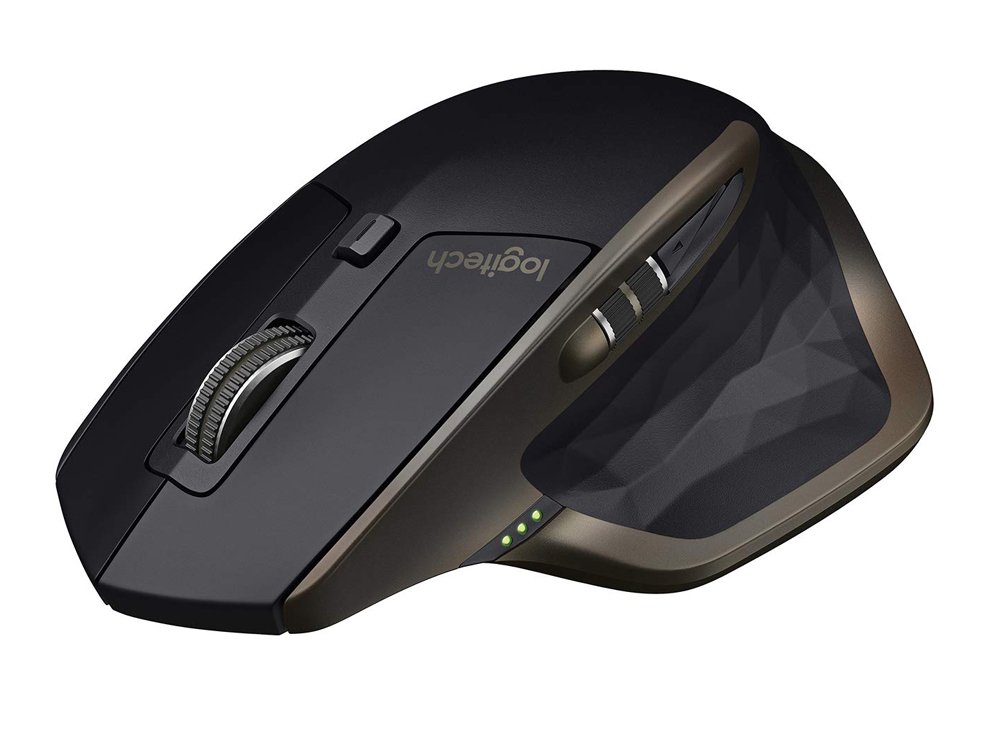
Logitech MX Master Wireless Mouse ($72 at Amazon)
I know mice, and this is the one I use every day. The MX Master is a wireless high-precision mouse that's very comfortable to use and has many great features, including the ability to connect with multiple devices, an infinite scroll wheel, back and forward buttons, all of which you can customize.
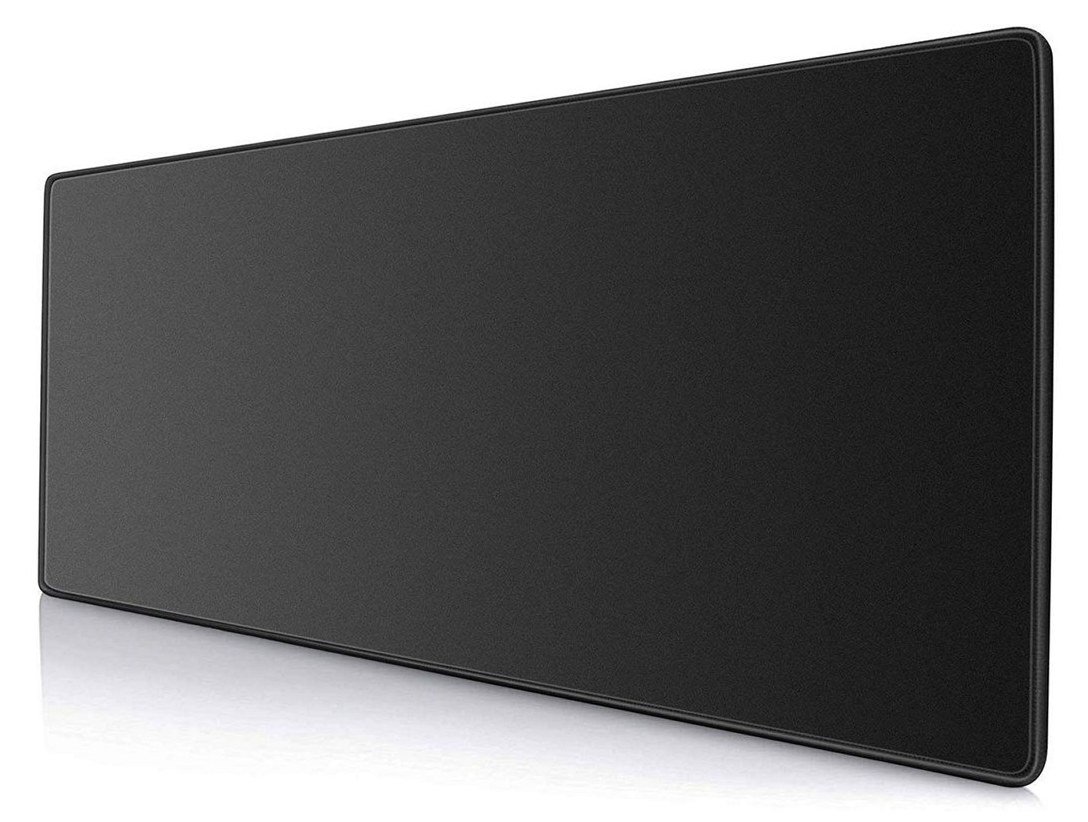
Ktrio Extended Gaming Mouse Pad ($12 at Amazon)
If you spend a lot of time typing, your palms and mouse will leave tracks on your desk. My solution was to start using gaming mouse pads, which are big enough for you to use the keyboard and the mouse comfortably. This is the one I use and recommend.
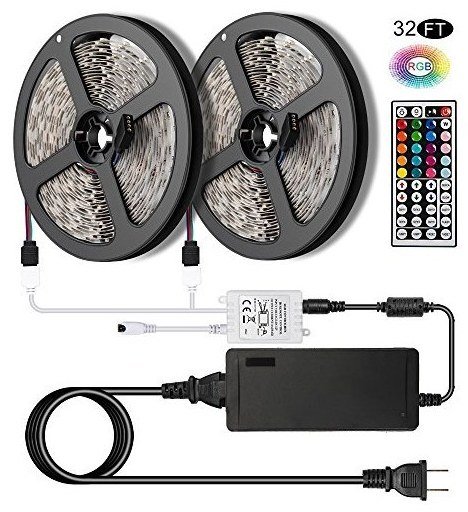
Supernight LED light strip ($20 at Amazon)
You could just use a regular light bulb in your office, but if you want to add some ambient lighting with different colors, an RGB LED strip is the way to go. This one is Mauro-approved.

Mauro Huculak has been a Windows How-To Expert contributor for WindowsCentral.com for nearly a decade and has over 22 years of combined experience in IT and technical writing. He holds various professional certifications from Microsoft, Cisco, VMware, and CompTIA and has been recognized as a Microsoft MVP for many years.
